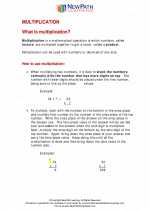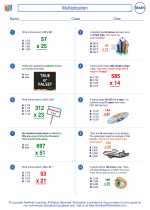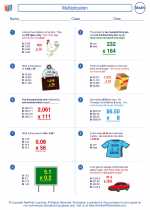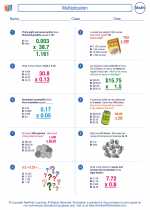Causal Methods
Causal methods involve identifying and understanding the cause-and-effect relationships between variables. In mathematics, causal methods are used to analyze and predict how changes in one variable cause changes in another variable. Understanding causal relationships is important in various fields, including science, economics, and social sciences.
Key Concepts
- Cause and Effect: Causal methods focus on understanding how changes in one variable (the cause) lead to changes in another variable (the effect).
- Correlation vs. Causation: It's important to differentiate between correlation (a relationship between two variables) and causation (where one variable directly influences the other).
- Experimental Design: Causal methods often involve conducting experiments to test the effects of one variable on another, while controlling for other factors.
- Causal Inference: This involves making conclusions about causation based on observed data and statistical analysis.
Study Guide
Here are some steps and tips for understanding and applying causal methods:
- Identify Variables: Start by identifying the variables you want to analyze. Determine which variable is the potential cause and which is the potential effect.
- Research Existing Studies: Look for existing studies and research on the causal relationship you are interested in. This can provide valuable insights and help you understand the existing knowledge in the field.
- Design Experiments: If applicable, design controlled experiments to test the causal relationship. This may involve manipulating one variable while keeping other factors constant.
- Collect Data: Gather data on the variables of interest. This may involve conducting surveys, experiments, or analyzing existing datasets.
- Apply Statistical Analysis: Use statistical methods to analyze the data and determine the strength of the causal relationship. Common techniques include regression analysis and hypothesis testing.
- Consider Confounding Variables: Be mindful of other variables that may influence the relationship between the cause and effect. Consider how to control for these variables in your analysis.
- Draw Causal Inferences: Based on your analysis, draw conclusions about the causal relationship between the variables. Be cautious about making strong causal claims without sufficient evidence.
By understanding and applying causal methods, you can gain insights into the relationships between variables and make informed predictions about how changes in one variable may impact another.
[Causal Methods] Related Worksheets and Study Guides:
.◂Math Worksheets and Study Guides Sixth Grade. Multiplication
Study Guide Multiplication
Multiplication  Worksheet/Answer key
Worksheet/Answer key Multiplication
Multiplication  Worksheet/Answer key
Worksheet/Answer key Multiplication
Multiplication  Worksheet/Answer key
Worksheet/Answer key Multiplication
Multiplication 

 Worksheet/Answer key
Worksheet/Answer key
 Worksheet/Answer key
Worksheet/Answer key
 Worksheet/Answer key
Worksheet/Answer key

The resources above cover the following skills:
The Number System
Compute fluently with multi-digit numbers and find common factors and multiples.
Fluently multiply and divide multi-digit whole numbers using the standard algorithm. Express the remainder as a whole number, decimal, or simplified fraction; explain or justify your choice based on the context of the problem.